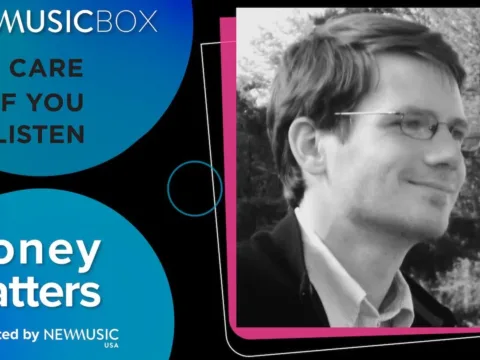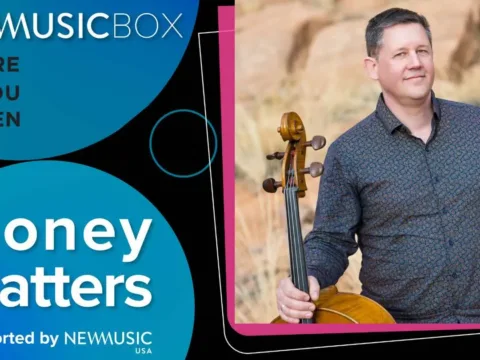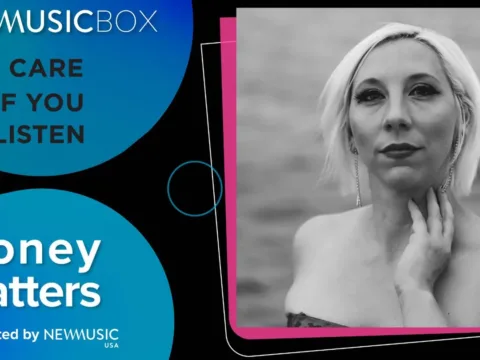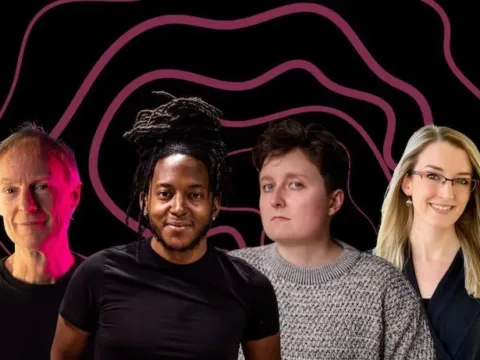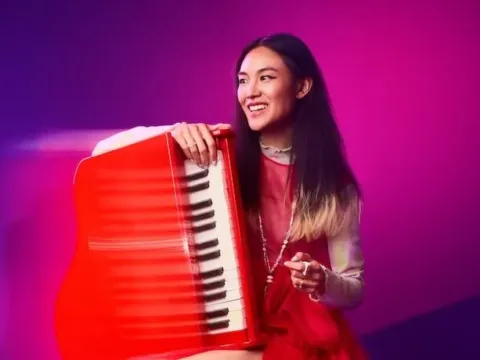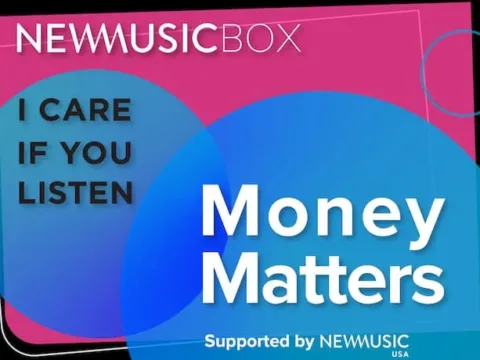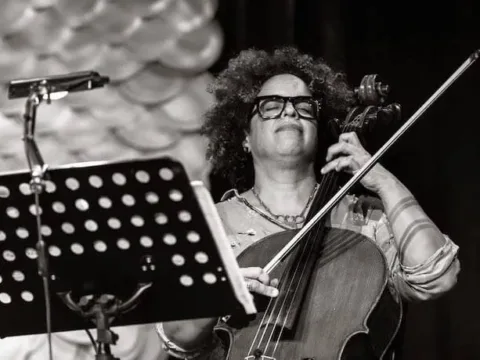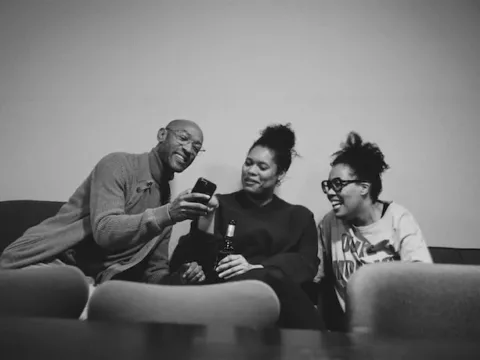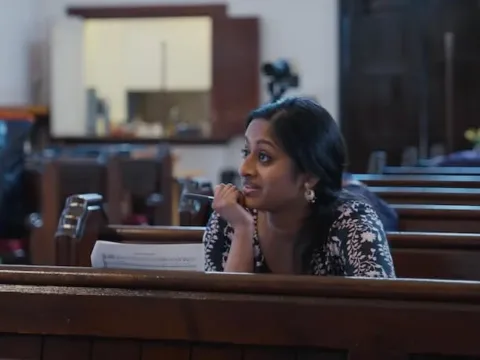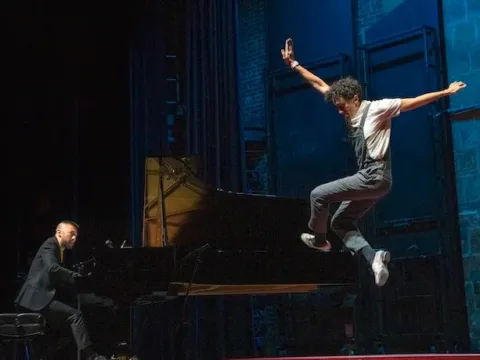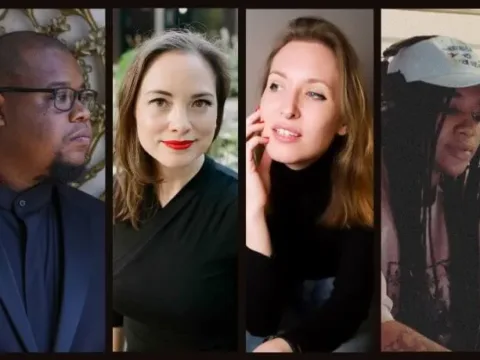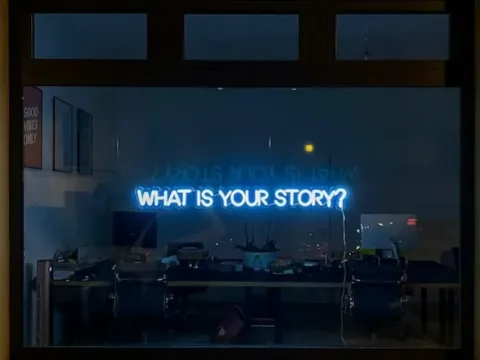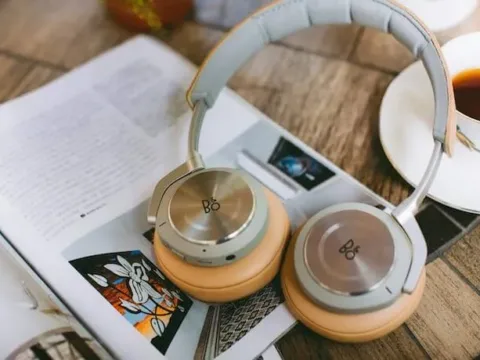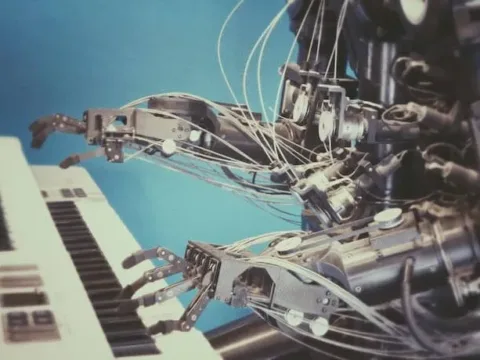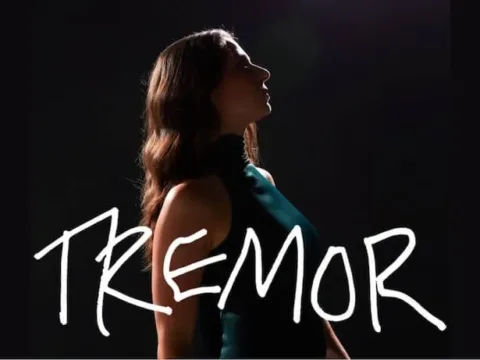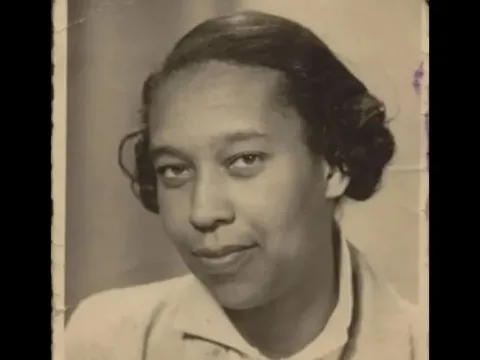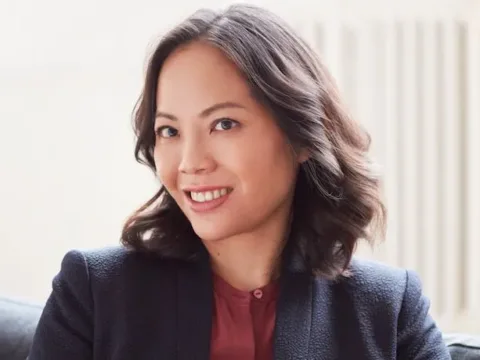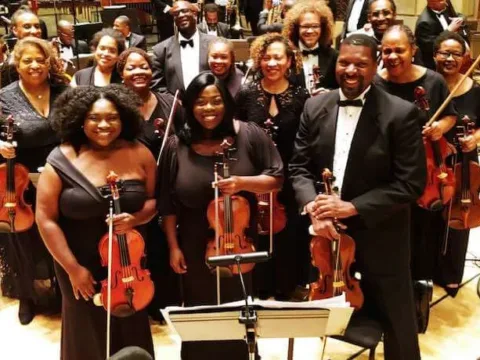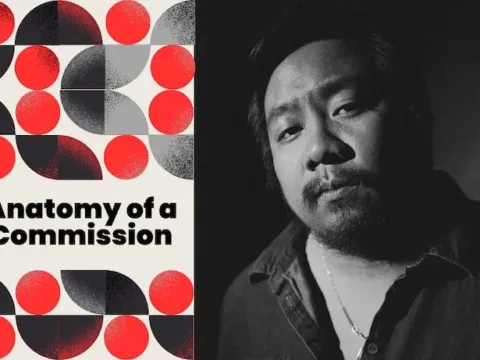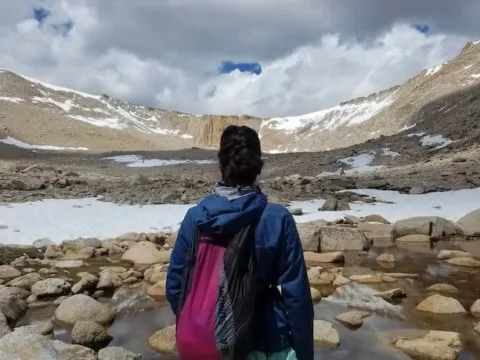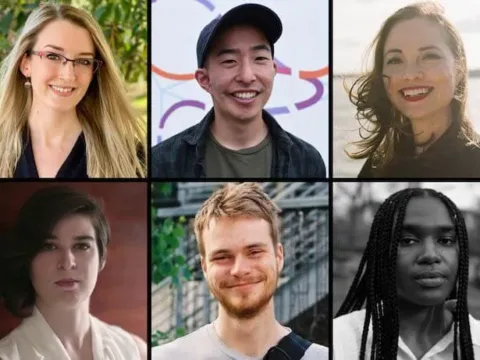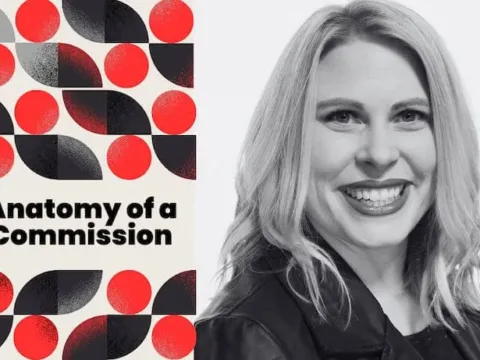“Experiencing music is lonely now.” “Nobody is hiring.” “It’s completely devastating to everyone involved in the music industry.” Over the past several weeks, I’ve been talking with musicians and music industry professionals, and in almost every conversation, there’s a moment like one of these. It is undeniable that music professionals have been hit very hard by the social and economic effects of COVID-19.
And yet, in most of my conversations, we’ve spent a lot more time talking about the unique opportunities within a time of global pandemic. As we struggle with ongoing crises including and not limited to COVID, there’s something compelling about exploring the possible.
Creative Risk-taking leads to Timely Music
Freed of a usual timetable, many performances are utterly of-the-moment. In June, the Carlow Arts Festival premiered composer Dana Kaufman and librettist Tom Swift’s Tiger King-inspired micro-opera that relates directly to experiences in and with quarantine. The festival usually offers in-person concerts in Carlow, Ireland, but this year, they commissioned works for livestreaming. Kaufman explains, “in talking with the three collaborators, it just became more and more evident how this is about this time in history, just as much as it is about these two zookeepers.”
COVID-19 has disrupted so many things—including the music production time cycle. Years-long projects are on hold. With uncertainty around the future of performances, some musicians are willing to share solo or alternative projects. At the same time, worldwide mobilization after the killings of George Floyd, Breonna Taylor, Ahmaud Arbery, Nina Pop, Tony McDade, and so many other Black Americans is spurring musicians to respond.
Maya Jackson wrote and performed “To Whom It Should Concern” as a response to anti-Blackness, and after Carlow Festival Director Jo Mangan saw the video on Facebook, she invited Jackson to join the program with an incredibly fast turnaround time. “The Black Lives Matter movement is not just relevant to the U.S.,” Mangan says, “It’s something that is resonating around the globe.”
Composer and performer Matthew Evan Taylor had planned summer events teaching at New Music on the Point and composing for a dance residency in Martha’s Vineyard. “Up until now, I wasn’t really comfortable being overtly political in my music,” he explained. But “the shutdowns for COVID -19 were so cataclysmic, and instantly we were in a new reality.” He found himself re-evaluating the rules he had been writing by.
Not being able to collaborate with others created time for new projects: “in a way, COVID-19 is giving permission to artists to be individuals, instead of trying to pull together the band,” Taylor says. He released his new solo album Say Their Names on Bandcamp to raise funds for Black Lives Matter. The immediacy of the project, and his desire to extend his personal ability to donate, motivated the release.
Seeking Silver Linings
Online collaboration does allow for some possibilities that aren’t feasible in-person. Carlow’s livestream festival began with an excerpt from Josefina Gorostiza’s Precarizada, a work about the precarity of artists in the gig economy. While initially there was not enough time to secure funding to bring the artists from Argentina to Ireland, when the festival went virtual, it could afford to pay the artist fees and thus included the performance.
Listeners are also finding benefits to watching at home. Some fans avoid outdoor shows for reasons of comfort or accessibility. With the move online, Mangan says, “it was an obvious opportunity.” With appropriate resources, pre-recorded content can be subtitled, and teams can work with sign language interpreters. “Yes it costs money,” reports Mangan, but it makes the art “immediately accessible to a whole other audience.”
Into a Physically Distanced Future
I watched a pop concert livestream early in the pandemic where the viewer count showed that there were far more of us watching online than would have been in a venue of the size the group usually plays. While large audiences feel less typical several months in, it shows an ongoing potential: listenership not limited by venue size or geography.
And while the potential audience is vast—anyone with a good internet connection and playback device—many barriers continue, even for the fortunate who have this access. Some of the reasons for going to live shows, such as deepening personal connection with fellow audience members, feel absent online. Musicians have found tools that create some feeling of immediate connection—like a chat box or comments feed—yet others downplay the effectiveness of online viewing experiments like watch party features. Dana Kaufman finds, “the in-person sense of connection is irreplaceable.”
While most festivals are experimenting with livestreams, other physically distanced possibilities exist. One is to follow the model of the drive-in movie theatre and create a drive-in concert or festival, as some theatre companies are doing. Alternately, the festival could drive to the audience. Matthew Evan Taylor is in early talks about performing in “a rolling jazz festival, where they would take a flatbed truck into parks and neighborhoods, and they would set up and perform.” This could alleviate some of the concerns about health and safety at a drive-in, but would require listeners to follow regional health protocols for distancing and mask wearing. Taylor is cautiously optimistic: “If it’s done right, it could be a nice model for other festivals to try.”
Making A Living into the Future
Festivals that pay artists their contracted performance fees are some of the few revenue options available now. Alan Greyeyes, festival director of the sākihiwē festival in Winnipeg, Manitoba, explains, “what’s working is that we can get money out to these artists, to support them during this pandemic.”
Most music professionals cannot rely on meaningful income from online ticket sales or album purchases from individual listeners, or revenue shares from large distributors. Digital tip jars, or a platform like Patreon that allows musicians to share exclusive content with supporters, only replace a fraction of lost income. Additionally, musicians note that virtual performances cost money to make, and often generate no revenue, so can result in a net negative. In a time when people are craving the connection that comes through the arts, this is troubling.
The structures of the arts industry have yet to keep up with the rapid changes the pandemic has created. “One of the issues, especially for musicians or composers whose pieces can be performed online, is that they are unable to collect royalties because of the spaces that these pieces are performed in,” explains Kaufman, who has had performances moved online from licensed halls. Because musicians are live streaming from their homes, revenue is lost: “if we don’t have access to spaces that are licensed by ASCAP or BMI or other performing rights organizations, then musicians are losing out on those royalties.”
Foundations, government support, and other grant makers are therefore keeping many workers afloat. Opportunities vary widely from nation to nation. Musicians in the United States historically have not been able to apply for unemployment. Even with pandemic-related changes, time limits, delays, and qualification requirements pose barriers. The American Federation of Musicians put together resources for musicians based in the U.S. and Canada, including expanded supports as the pandemic continues.
While album sales don’t typically generate a lot of money for most musicians, digital sales and streaming platforms could take some simple actions to support musicians. Bandcamp collects a processing fee as well as a revenue share for each song or album sold on the platform. This distributor has arranged special days during which they either allow the musicians to keep this revenue, or donate it to a timely cause, such as the NAACP legal fund. Other platforms have yet to follow suit, but could do so. Taylor explains, “I’d love to see an Amnesty Saturday on Spotify where all ad revenue goes to the artists.”
For listeners, Taylor advises, “If you’re going to listen, buy it rather than streaming it.” Even if the revenue the artist gets isn’t huge, “it’s a larger share than through Spotify or Apple Music.” Singer-songwriter Andrina Turenne, who performed online concerts for sākihiwē and the Winnipeg Folk Festival this summer, reminds audience members that it’s worthwhile to reach out to artists: “I encourage people to let the artists know the they’re valued and their art is important, and to support them in the way that they can.” Even a small financial contribution can be meaningful, she explains, because it “contributes to somebody’s art practice, which in turn contributes to the health and wellbeing of our society.”
For people creating online programming, Senior Artist Management Associate Vanessa Kuzina of Six Shooter Records recommends being flexible and having artists’ best interests top of mind. Those who can spare extra funds can give to organizations that help bridge artists’ revenue gap, like the New Music Solidarity Fund, the Emerging Artist Relief Fund, the Musicians Foundation Fund, or another specialized relief fund. She Shreds Magazine has compiled places to donate at the end of this list, and musicians can find resources in this heavily-hyperlinked post.
Both Mangan and Greyeyes see potential for some aspects of their online festival programming to extend into the future. Mangan also cautions: “we’re going to be in this situation for a lot longer than people seem to think at the moment. So I think we need to be wisely considering programing options that include social distancing at core and that consider online interaction at core.”

